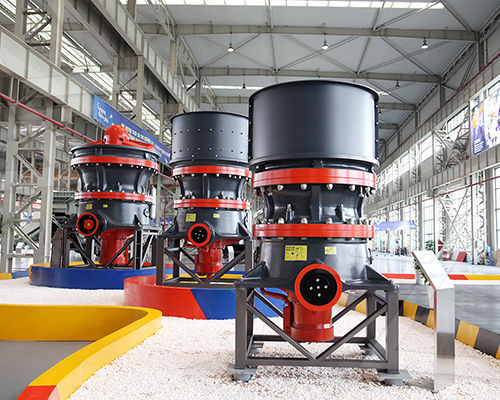Mining marble from a quarry involves a series of steps to extract large blocks of the stone while minimizing damage. Here’s how the process generally works:
1. Prospecting & Site Selection
– Geologists survey potential sites to locate high-quality marble deposits.
– Core samples are taken to assess color, veining, and structural integrity.
2. Clearing & Preparation
– Vegetation and topsoil are removed to expose the marble bedrock.
– Access roads and infrastructure (power, water, equipment storage) are set up.
3. Cutting Channels with Wire Saws or Diamond Chainsaws
– Vertical and horizontal cuts are made using specialized machinery:
– Wire saws (with diamond-embedded wire) slice through marble like a giant cheese cutter.
– Chain saws or circular diamond saws may also be used for smaller operations.
– These cuts define the block dimensions (often 6–12 ft tall, 6–8 ft wide, and 10–20 ft long).
 4. Separating the Block from the Bedrock
4. Separating the Block from the Bedrock
– Wedges or hydraulic splitters are inserted into drilled holes to gently break the block free.
– In some cases, small controlled explosions or feather-and-wedge techniques are used.
5. Lifting & Transporting Blocks
– Heavy cranes or forklifts lift the blocks onto trucks or trailers.
– Blocks may be moved to a processing facility for further cutting and polishing.
6. Processing & Finishing
– At the factory, blocks are sliced into slabs using gang saws or wire saws.
– Slabs are polished to enhance their natural luster and color.
7. Environmental Considerations
– Water is often used to reduce dust and cool cutting tools.
– Waste rock (marble fragments) may be crushed for use in construction or landscaping.
.jpg) Modern Techniques vs. Traditional Methods
Modern Techniques vs. Traditional Methods
– Traditional: Hand tools like chisels and hammers were once used (still seen in some artisanal quarries).
– Modern: Heavy machinery (excavators, diamond wire saws) speeds up extraction with precision.
Marble quarrying requires skill to avoid fractures and maximize yield, as marble is both valuable and fragile. The best quarries produce blocks with minimal imperfections for high-end architectural and sculptural uses.




